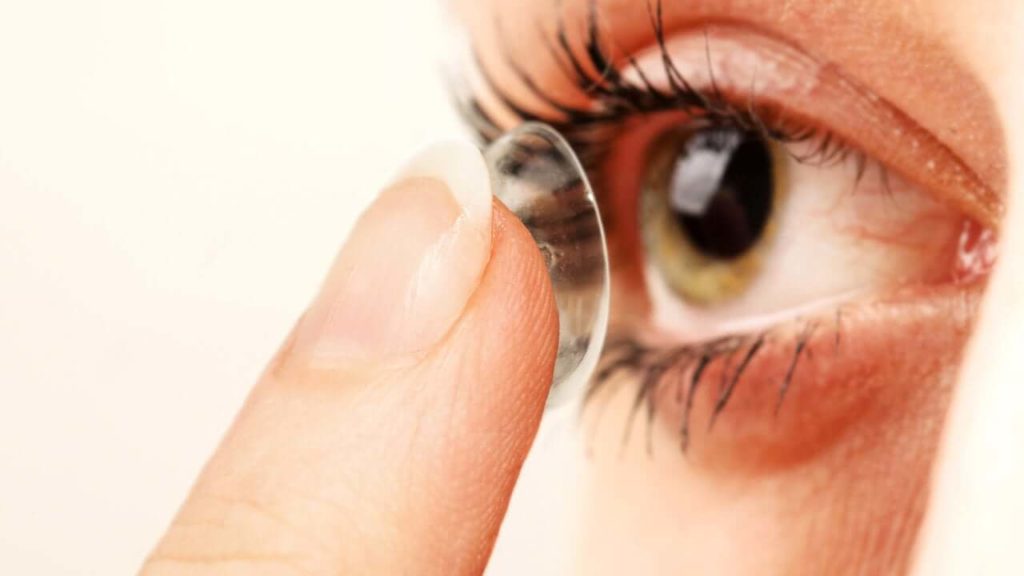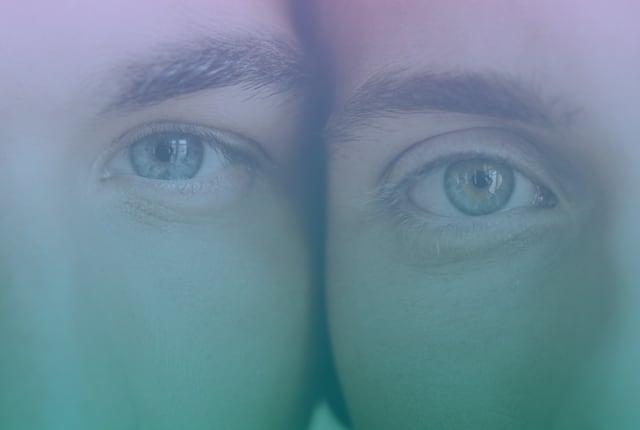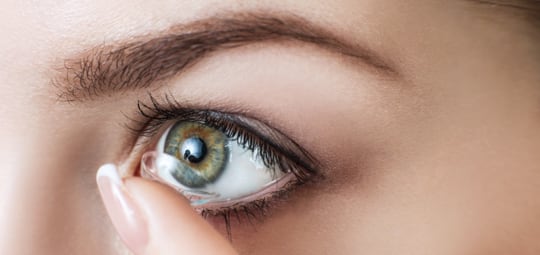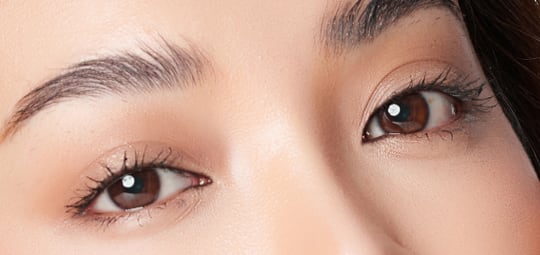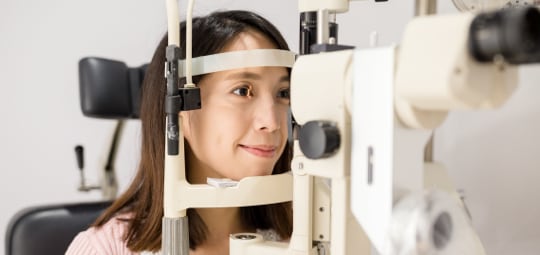When starting out wearing contact lenses, users are usually very diligent in following instructions to take care of their contacts. We are careful about washing our hands before putting them in or throwing them away at the right time. But as time goes on, these rules can start to get lax – we get lazy, tired, and distracted.
- But what happens when you fall asleep with your contact lenses still in?
- Or are you really doing harm if you don’t wash your hands before taking them out?
- And, really, what’s the big deal if you keep wearing contact lenses for weeks past their recommended time?
These common contact lens mistakes may seem relatively harmless, but each one has much more serious consequences than you might realize. The Center for Disease Control (CDC) found that there are 930,000 visits to the doctor and 58,000 ER visits each year for keratitis (corneal inflammation) or other contact lens related issues. That’s a lot of avoidable visits to the doctor!
Wearing contact lenses is not the risky part, it’s the care and habits that are involved. Most contact wearers do not follow proper contact lens hygiene and care, which puts them at an increased risk for things like bacterial infections, decreased oxygen supply to the cornea and scariest of all, permanent damage to the corneal surface.
Contact Lens Tips
1. Hand-Washing
First and foremost, not washing your hands properly before putting them in or taking them out is a major problem. Think about everything you’ve touched during the day – doorknobs, subway poles, handshakes, money… Then picture the different types of bacteria or viruses on each surface that has been transferred to your hands. Without proper handwashing, you welcome the bacteria and viruses to your lenses where they fester and multiply.
2. Solution and Cases
The same principle of not re-using potentially contaminated materials applies to your contact solution – it’s a no go. Use fresh solution each time!
We also recommend rinsing off your case with solution and letting it air dry during the day.
3. Don’t Sleep in Your Contacts
This is terrible – and painful. When you’re awake, your eyes receive oxygen from the air and your tears that lubricate the cornea. But when you’re asleep, there is much less oxygen, lubrication, and nourishment because your eyelids are shut. Think about it – you don’t blink when you sleep, so your tears can’t lubricate the cornea.
There are only a few types of contact lenses approved by the FDA to sleep in, so unless your doctor specifically has given you the green light to do so, don’t sleep in them.
4. Change up your Case
This is an instance where “reduce, reuse, and recycle” should be avoided. Using the same contact lens case for years increases the chance of eye infection. As a rule of thumb, you should swap out your contact lens case when you get a new bottle of solution (which is why they’re often included in the packaging). Nifty! Use your case for up to 3 months, and then throw it away. In the trash. Far, far away.
5. Say No to H20
While we would think it natural to wash our contact lenses or cases with water, you should never do this. Contact lenses tend to absorb water, making them swell. This swollen contact lens changes shape, often fitting your cornea much more snugly than it should (and causing small breaks in the corneal surface). Plus, water carries a ton of microorganisms that are now absorbed into your contact and transferrable into your cornea’s surface. This is why you may get nagged by your doctor about not swimming or showering with your contact lenses on!
6. Penny Pinching Problems
You open a package of two-week contacts, but only wear them once a week for hockey or going out. So, that means you can wear them once a week for 14 weeks, right?
Wrong.
The two-week mark is strictly for when you crack open the packaging (not individual uses). After the two-week mark, the lens material starts to break down and absorb the bacteria, protein, and mucous that exists on your corneal surface and eyelids. This, in turn, can lead to an eye infection. Put plainly, it’s not worth the health risk to try and extend the use of your lenses like this, just stick to the recommended use and take the precautions noted above to stay healthy.


